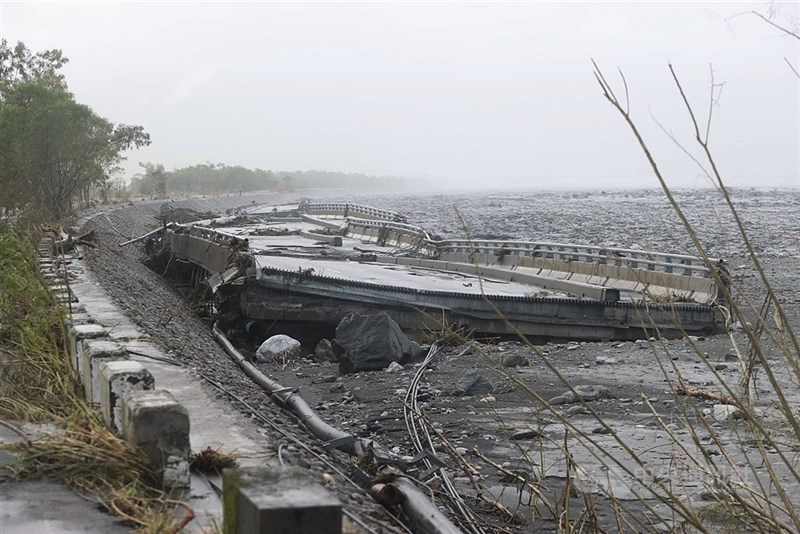
By Chao Yen-hsiang, Lee Hsin-yin and Shih Hsiu-chuan, CNA staff reporters
On Sept. 23, a historic downpour caused the Matai'an Barrier Lake in Hualien to burst its banks, sending 60 million tons of water and debris through Guangfu Township and killing at least 19 people.
The barrier lake's catastrophic failure has sparked a reckoning with Taiwan's fragmented approach to disaster management, as well as the long-term costs to an area that has served as a cradle of both Amis culture and Taiwanese baseball.
'More like a tsunami'
Lee Hong-yuan (李鴻源), a retired National Taiwan University (NTU) professor specializing in hydraulic engineering, told CNA on Oct. 7 that a mix of factors -- particularly the lake's remote mountaintop location -- made preventing its collapse through hydraulic engineering extremely difficult.
● EXPLAINER/Matai'an Creek Barrier Lake overflow
As a result, efforts shifted from prevention to damage mitigation.
Summoned by Interior Minister Liu Shyh-fang (劉世芳) on Sept. 3, Lee was asked to reassess the lake's overflow risk.
At the time, it held more than 60 million tons of water, about 60 percent of its full 90-million-ton capacity.
Although some barrier lakes can last for years, Lee said their stability depends on several variables.
"A single typhoon could raise the water to the crest, causing it to overflow and erode the dam, deepening the breach."
Lee enlisted NTU Civil Engineering Chair You Jiing-yun (游景雲), a former student, to run simulations estimating downstream impact.
The results projected far more severe flooding than earlier models, and led to a call for the evacuation of around 8,500 people, up from the original 697.
That warning proved prescient -- Lee later described the deluge as "more like a tsunami."

Limitations
The initial evacuation estimate of 697 people came from a research team from National Yang Ming Chiao Tung University.
Speaking with CNA on Oct. 5, Weng Meng-chia (翁孟嘉), a civil engineering professor at the university, said his team's simulation had overlooked sediment content -- a key factor that expanded the danger zone in NTU's later analysis.
However, Weng noted that some flooded areas matched his own team's projection but not NTU's.
He agreed that Taiwan's current approach to disaster simulations "could still use some refining."
The final evacuation zone based on both models was decided at a Sept. 21 meeting of the Central Emergency Operation Center, which had been activated the previous day and was chaired by Liu as Typhoon Ragasa approached Taiwan.
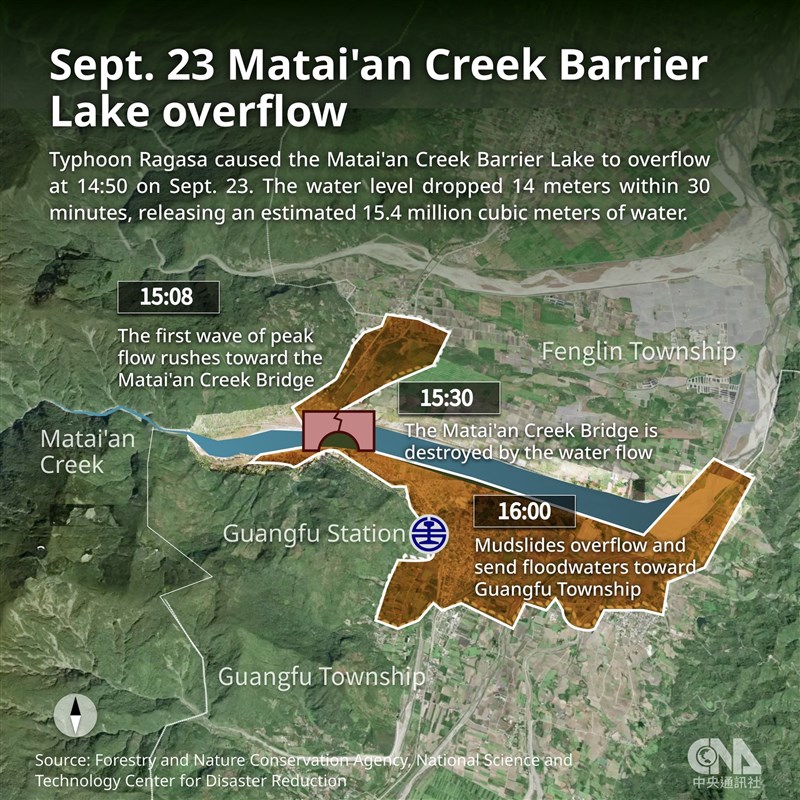
Evacuation lessons
It later turned out that the area that flooded was close to the final evacuation zone.
Despite this, most of the deceased were residents of villages under mandatory evacuation orders, prompting scrutiny of how those evacuations were carried out as well as the opening of a criminal probe into possible negligent homicide and dereliction of duty by public officials.
According to the interior minister, both the county government in Hualien and lower-level township and village offices were tasked with leading the evacuations under the law, with help from the military and others.
She also stated that Hualien County authorities were aware that 1,837 households needed to be evacuated 43 hours before the overflow occurred.
However, KMT legislator Fu Kun-chi (傅崐萁), husband of current magistrate Hsu Chen-wei (徐榛蔚), has argued that the evacuations were the sole responsibility of township and village offices.
Speaking to local media, Datong Village head Chiu Chin-chung (邱金仲) said he began going door to door on Sept. 21 to urge residents to evacuate after the township chief called an emergency meeting of village heads.
Chiu said some villagers refused to leave, leaving them little time to escape when the flood hit, adding that county and central government assistance was needed to evacuate those with mobility issues.
Liu, meanwhile, told a Legislative meeting on Tuesday that she did not see manpower as an issue, given military assistance.
Possible improvements
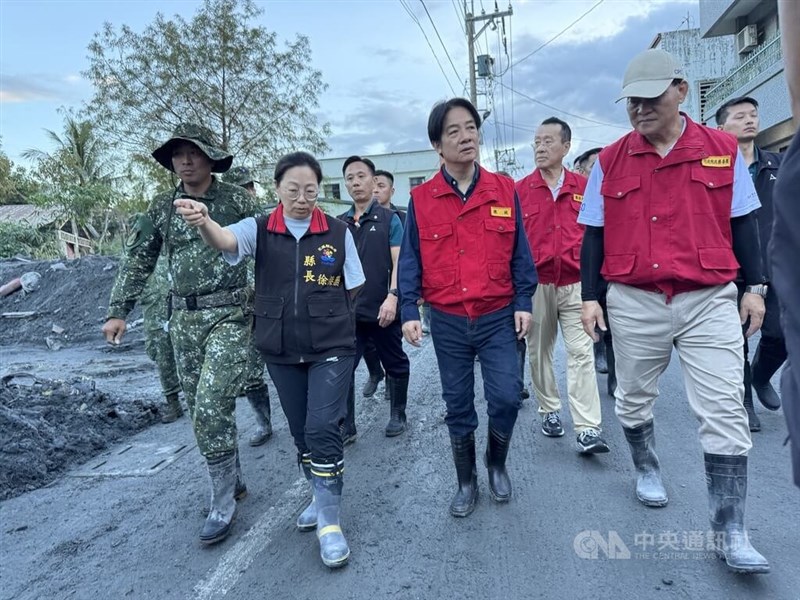
Liu conceded that improvements could be made in communication and household registration.
According to Liu, registration refinements would allow local authorities to accurately track the number of residents per house and identify vulnerable and physically impaired individuals in need of assistance during an evacuation.
Meanwhile, Lee said that one solution could be a dedicated agency to manage disaster prevention, similar to the Federal Emergency Management Agency (FEMA) in the United States.
Taking Matai'an Creek, Lee said that jurisdiction over the river is shared by the Water Resources Agency of the Ministry of Economic Affairs, two agencies under the Ministry of Agriculture, Hualien County government and the Ministry of the Interior -- "a vast and complex political operation."
This has resulted in some natural disasters being treated as no one's responsibility and left unaddressed, Lee said.
"I hope politics can be set aside when reflecting professionally on the disaster caused by the barrier lake," he added.
Community
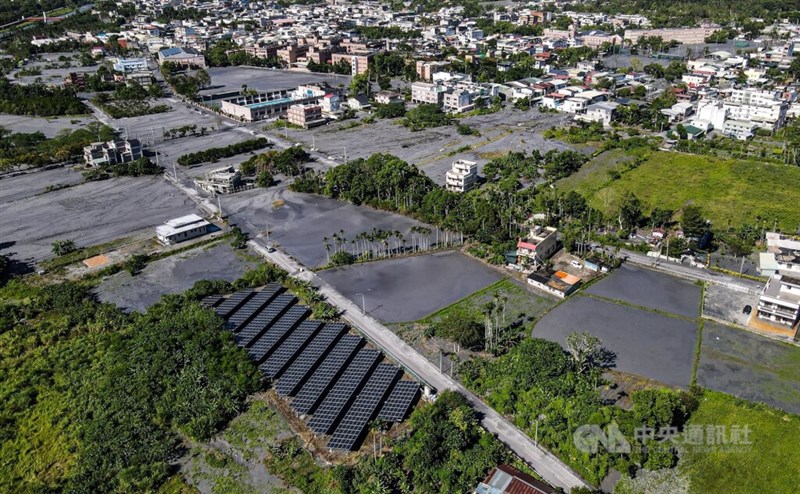
With 250 million tons of sediment on unstable slopes around Matai'an, Lee said the government should "seriously consider relocating entire villages."
However, Lee, who served as minister of the Interior from 2012-2014, said that great care must be taken to protect the culture and language of such communities.
Raway Huiciang, who spent time helping clear mud in Guangfu, told CNA the Amis "are accustomed to approaching problems collectively, not just as individual households."
That sense of community, he said, is partly embodied by the traditional Amis social structure called "awid" (also "selal" or "kapot") -- a system that divides members into tightly-knit, age-based groups.
When the government provides housing for villagers, it should consider not only safety but also the preservation of communities, he added.
"The destruction of the culture would be an immeasurable loss, undermining not only identity but also the psychological resilience and social support networks that sustain the Amis people," he said.
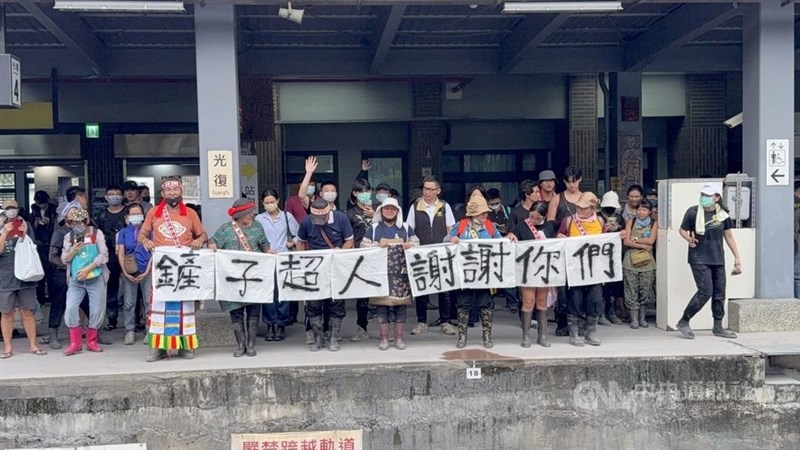
Baseball
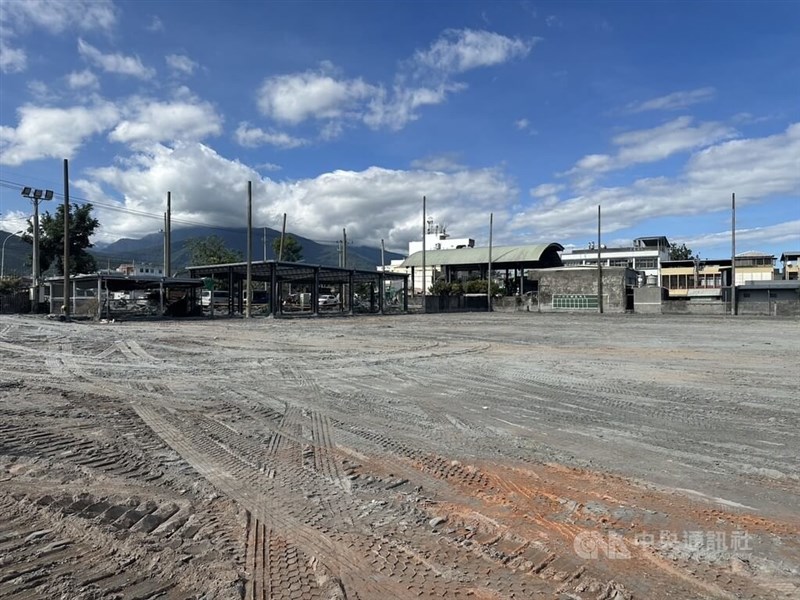
Relocating Guangfu would also mean the loss of one of the cradles of Taiwanese baseball.
The area has produced numerous professional stars in Taiwan's Chinese Professional Baseball League (CPBL), including retired players Kao Kuo-hui (高國輝), Chou Szu-chi (周思齊) and Tsao Chin-hui (曹錦輝), the first Taiwanese pitcher in U.S. Major League Baseball (MLB) in 2003, all of whom are Indigenous Amis, as well as the active four-time All-Star Lin An-ko (林安可).
The destruction in the village has meant a loss that "goes beyond material property," the Taiwan Indigenous Baseball Development Association said in a social media post.
"A hometown culture and the memories that nurtured growth have been swept away by the torrents," the association said.
Enditem/ASG
![Fala Formosa! Taiwanese expats to Brazil carve 7 decades of immigrant stories]() Fala Formosa! Taiwanese expats to Brazil carve 7 decades of immigrant storiesSão Paulo is not typically thought of as a hotspot for Taiwanese restaurants and Boba tea shops, much less places that attract long lines of patrons.10/03/2025 04:08 PM
Fala Formosa! Taiwanese expats to Brazil carve 7 decades of immigrant storiesSão Paulo is not typically thought of as a hotspot for Taiwanese restaurants and Boba tea shops, much less places that attract long lines of patrons.10/03/2025 04:08 PM![A recipe for daily life: Taipei's homeless struggle to find food]() A recipe for daily life: Taipei's homeless struggle to find foodUnlike most Taipei residents, Chang Yun-hsiang's (張雲翔) first view in the morning is the open sky. His alarm is the sound of increasing vehicular and pedestrian traffic near Taipei Main Station, where he sleeps on the street a block away.09/20/2025 03:34 PM
A recipe for daily life: Taipei's homeless struggle to find foodUnlike most Taipei residents, Chang Yun-hsiang's (張雲翔) first view in the morning is the open sky. His alarm is the sound of increasing vehicular and pedestrian traffic near Taipei Main Station, where he sleeps on the street a block away.09/20/2025 03:34 PM![Purrfect Shopkeepers: How Dadaocheng's cats are helping to boost sales]() Purrfect Shopkeepers: How Dadaocheng's cats are helping to boost salesIn Taipei's Dadaocheng, cats lounging in shops along Dihua Street do more than nap amid the scent of dried seafood. Many have become beloved fixtures who double as photo models, attracting visitors and helping boost sales in one of the capital's most historic quarters.09/04/2025 11:14 AM
Purrfect Shopkeepers: How Dadaocheng's cats are helping to boost salesIn Taipei's Dadaocheng, cats lounging in shops along Dihua Street do more than nap amid the scent of dried seafood. Many have become beloved fixtures who double as photo models, attracting visitors and helping boost sales in one of the capital's most historic quarters.09/04/2025 11:14 AM
- Politics
Court hears arguments in cases against ex-Taipei Mayor Ko Wen-je
12/15/2025 11:08 PM - Politics
Ex-Taiwan Manila envoy reflects on efforts to mend ties after fatal shooting
12/15/2025 10:05 PM - Politics
Premier defends refusal to enact spending plan, draws opposition ire
12/15/2025 10:05 PM - Politics
China-Japan situation reflects 'wolf warrior' approach: Taiwan diplomat
12/15/2025 06:44 PM - Cross-Strait
Taiwan deeply regrets Jimmy Lai conviction under HK national security law
12/15/2025 06:13 PM


